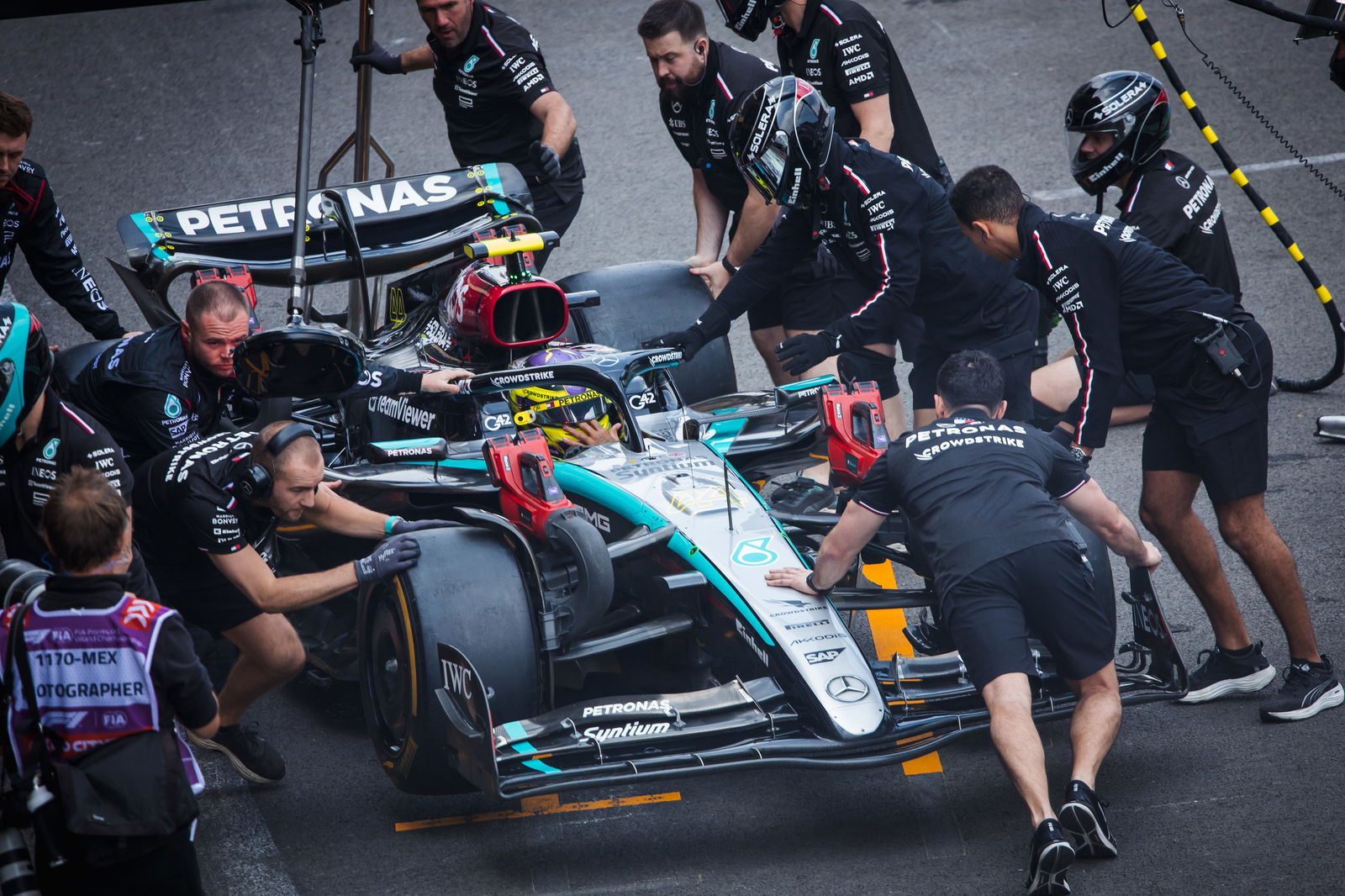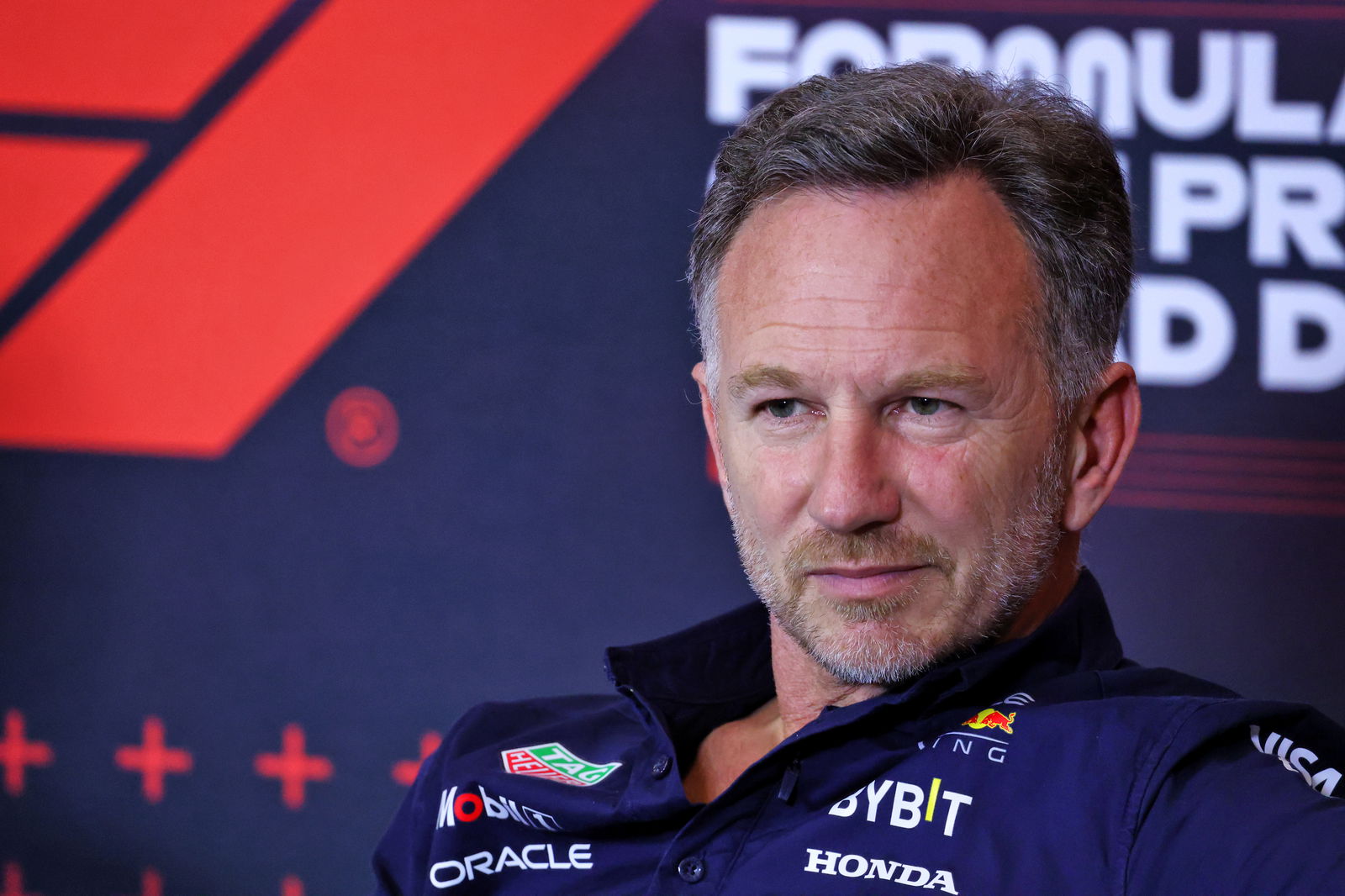Toto Wolff explains “tremendous hit on the cost cap” and how Mercedes will cope
“There is an impact on how many development parts we can put on the car, because the answer is zero.”
_0.jpg?width=1600&aspect_ratio=16:9)
Toto Wolff has explained his plan after three crashes impacted the car parts that Mercedes have at their disposal.
George Russell crashed in Friday practice at the F1 Mexico City Grand Prix, a week after crashing in Texas.
Kimi Antonelli’s crash during FP1 in Monza also did some damage.
Mercedes are now under pressure to stay within the $135m budget for the season, with four rounds remaining.
“Kimi’s crash in Monza, George’s crash in Austin, George’s crash here,” Mercedes team principal said to media, including Crash.net, in Mexico.
“I love a driver to push, and I’d rather crash and we know what the car is capable of doing than not.
“In cost cap land, that’s a tricky situation, so these three shunts put us on the back foot.
“Certainly the one that happened [on Friday in practice] was massive.
“We had to opt for a completely new chassis. That is a tremendous hit on the cost cap.
“And we probably have to dial down on what we put on the car.”
Mercedes must react quickly for this weekend’s F1 Sao Paulo Grand Prix.
Wolff explained: “We will be having two upgrade packages in Brazil, two floors, but that’s basically it.
“There’s nothing else that’s going to come.
“We have certain limitations on parts where we need to be creative, how we’re managing this, and certainly there is an impact.
“There is an impact on how many development parts we can put on the car, because the answer is zero.”
Wolff was quizzed about whether Lewis Hamilton and Russell could run different spec floors in Brazil, or whether they’d run the same version.
“I’m always open minded about what the drivers think,” Wolff said.
“I’m certain that George is going to go on the new, and Lewis may want to back-to-back the old floor now in Brazil. We will certainly talk with him about what his preference is.”
Russell, after his crash in Texas, ran an older version of the W15 in Mexico.
Mercedes avoided further damage in Mexico when Hamilton and Russell jostled for on-track position.
But Russell came home with a compromised front wing, in fifth, a place behind Hamilton who was running the newer spec of the W15.
Wolff said about Russell’s damage: “When overtaking Oscar Piastri out of the pits, he hit a bump and came very close, turbulence might have played a role, and one of the main front flaps collapsed.
“So it was a tremendous loss of downforce. I think in the high speed, it was 20 points.
“He then kind of drove around it well, but obviously the more your tyres are being hit, the more, the impact on lap time is exponential.
“So how can I explain the difference in pace? At the end of the hard, you saw a difference.
“So two reasons. First I think George drove very well all weekend, and on the other side, that maybe something in the update package that maybe doesn’t, causes… something that we don’t understand.
“Because we had two massive crashes in the same corner in Austin. But then we had a crash in the old car too.
“These cars are so on the knife-edge that it will be an interesting experiment in Brazil to see whether there is high-speed instability or a low speed factor.
“So I don’t think we can just extrapolate that one is better than the other.”
What's the plan for Brazil?
Wolff was questioned about why Mercedes regularly look competitive on Fridays only for their rivals to gradually pull away on Saturdays and Sundays.
He said: “I don’t think we are running lighter, I don’t think we are attacking more.
“I think it’s a battle all season that we seem not to be able to extract more performance when the track grips up.
“Some of the uglier behaviour comes out, the three-wheeling, the bouncing, the instability when a car starts to really pick up speed in the high speed, is a pattern that we’ve seen.
“That is something that we need to get on top of. We have a direction for next year, but obviously we see the glass half empty at the moment.
“That's why we need to optimise those last four races, what is it we can learn.”

